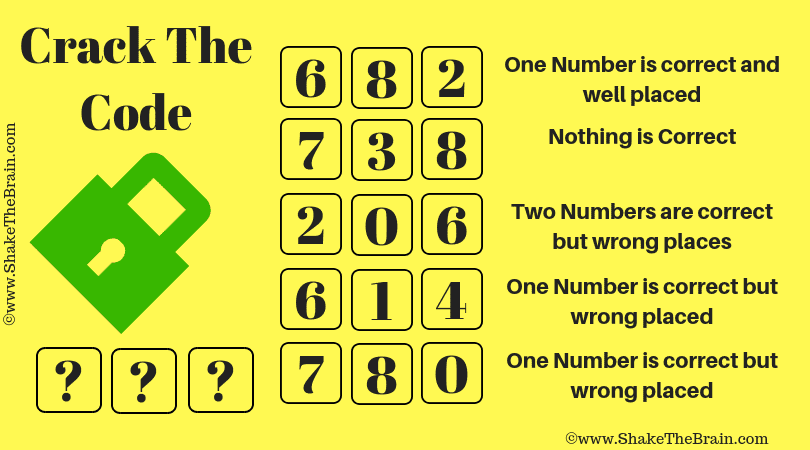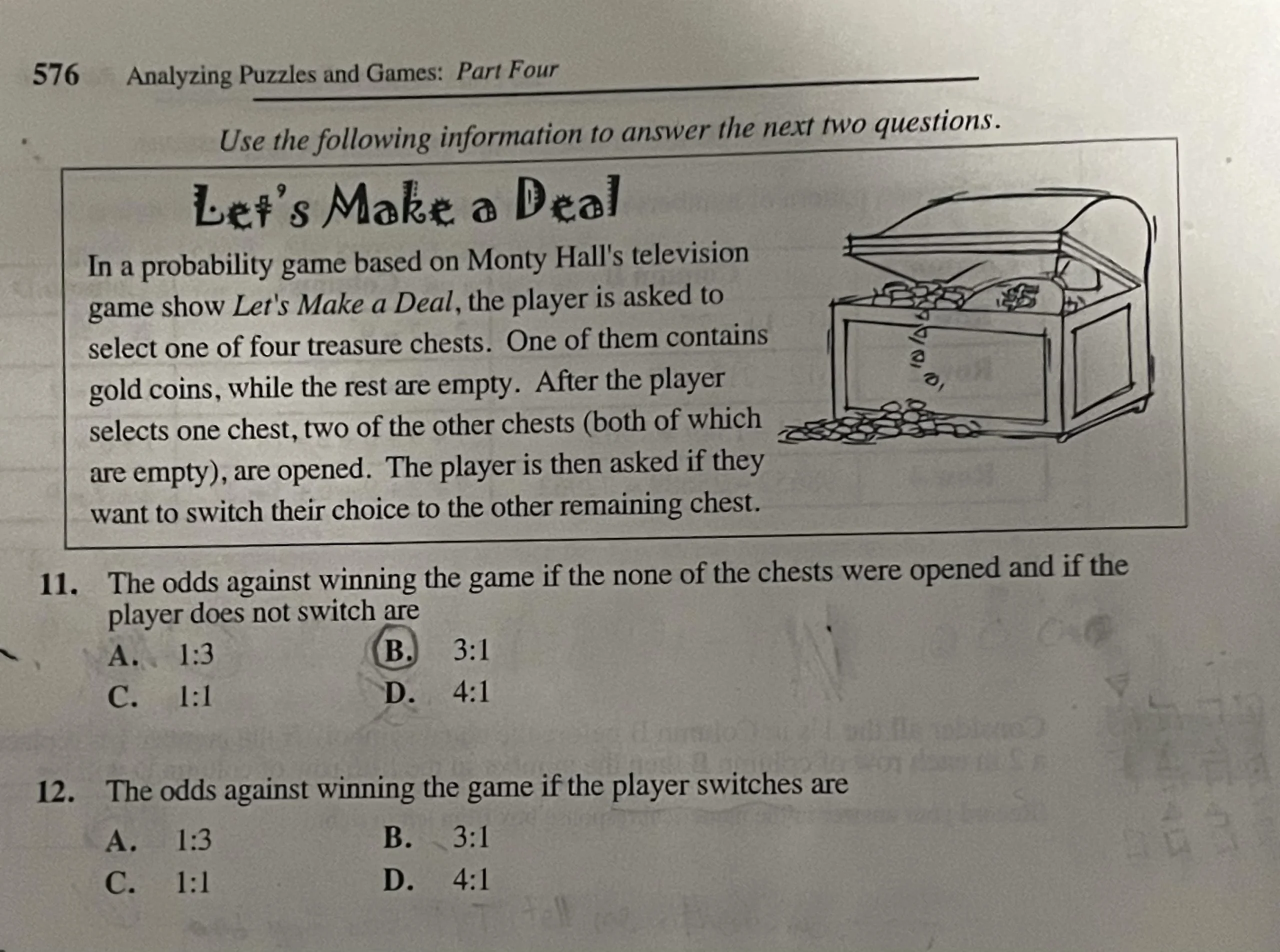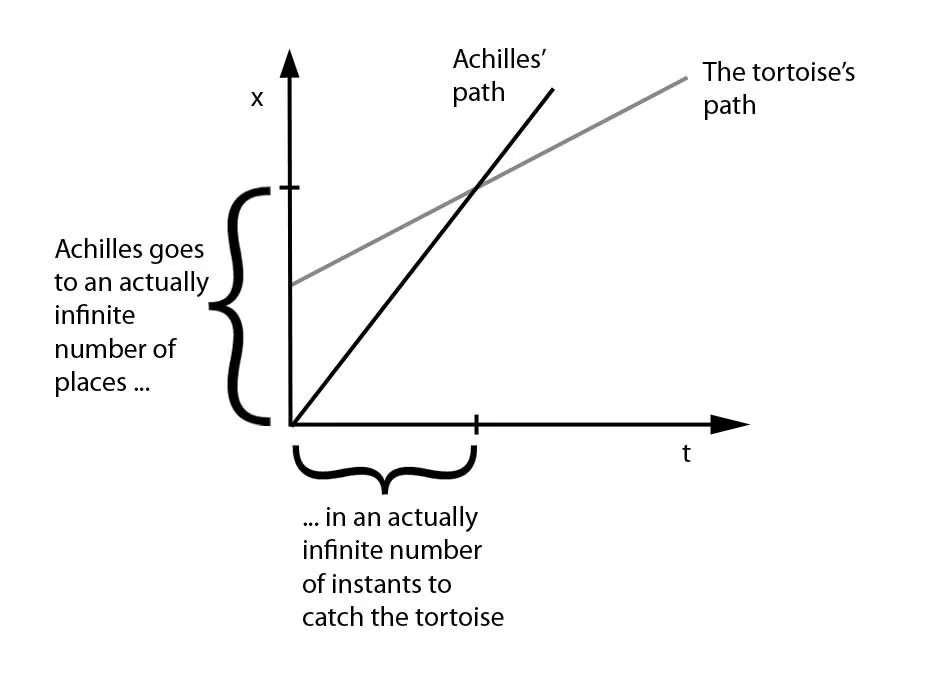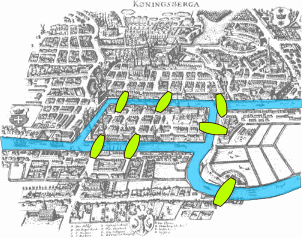Flex your deductive reasoning muscles with these classic puzzles.
Introduction: The Unique Satisfaction of Solving a Problem with Pure Logic
Logic puzzles offer a unique form of mental exercise that differs fundamentally from other types of brain teasers. Unlike riddles that rely on wordplay or lateral thinking puzzles that require creative leaps, logic puzzles can be solved through systematic, step-by-step reasoning using only the information provided. This methodical approach to problem-solving provides a deeply satisfying intellectual experience—the pleasure of watching a solution emerge purely from the application of logical principles.
The appeal of logic puzzles lies in their democratic nature. They don’t require specialized knowledge, advanced mathematical skills, or creative inspiration. All that’s needed is careful attention to detail, the ability to organize information systematically, and the patience to work through implications methodically. This accessibility makes logic puzzles appealing to people of all ages and educational backgrounds.
Logic puzzles also provide excellent training in critical thinking skills that extend far beyond puzzle solving. They teach us to distinguish between what is explicitly stated and what can be logically inferred, to recognize when we’re making unwarranted assumptions, and to work systematically rather than jumping to conclusions. These skills are invaluable in academic settings, professional environments, and everyday decision-making.
The satisfaction of solving a logic puzzle comes from the certainty of the result. Unlike problems with multiple reasonable answers or subjective interpretations, a correctly solved logic puzzle has a definitive solution that can be verified independently. This objective nature provides confidence that our reasoning was sound and our conclusion is correct.
Logic puzzles also demonstrate the power of systematic organization. Many puzzles that seem overwhelming at first become manageable when information is arranged in tables, charts, or logical frameworks. This organizational skill is transferable to real-world problems involving complex data or multiple variables.
The history of logic puzzles is rich and fascinating, with contributions from mathematicians, philosophers, and recreational puzzle creators. Lewis Carroll, the author of “Alice’s Adventures in Wonderland,” was also a mathematician who created numerous logic puzzles. Raymond Smullyan, a mathematician and magician, developed intricate puzzles involving knights and knaves that explore deep logical concepts. Einstein is reputed to have created a famous logic puzzle known as the “Einstein Riddle” or “Zebra Puzzle.”
Modern computer science and artificial intelligence have their roots in logical reasoning, making logic puzzles relevant to understanding how machines process information. The algorithms used to solve logic puzzles form the basis for expert systems, automated theorem proving, and constraint satisfaction problems in computer science.
Logic puzzles also provide insight into the nature of logical reasoning itself. They illustrate how complex conclusions can be drawn from simple premises, how contradictions can reveal hidden assumptions, and how systematic exploration of possibilities can lead to definitive answers. This metacognitive aspect—thinking about thinking—enhances our awareness of our own reasoning processes.
The educational value of logic puzzles extends beyond critical thinking skills. They can improve working memory by requiring the solver to keep track of multiple constraints simultaneously. They can enhance pattern recognition abilities by revealing how different pieces of information relate to each other. They can also develop patience and persistence, as complex puzzles often require extended periods of focused attention.
In an era of instant gratification and rapid information consumption, logic puzzles offer a counterpoint that emphasizes slow, deliberate thinking. The process of solving a challenging logic puzzle requires sustained concentration and methodical progression through logical steps—a valuable antidote to the fragmented attention that characterizes much of modern life.
Finally, logic puzzles provide a form of mental play that combines the enjoyment of games with the intellectual satisfaction of learning. They offer the competitive element of trying to solve puzzles quickly or tackle more difficult challenges, while also providing the solitary pleasure of pure intellectual achievement.
Puzzle 1: Knights and Knaves – You Meet Two People; One Always Lies, One Always Tells the Truth
Knights and Knaves puzzles, popularized by mathematician and logician Raymond Smullyan, present scenarios where you encounter inhabitants of an island who are either Knights (who always tell the truth) or Knaves (who always lie). Your task is to determine who is who based on their statements, using only logical reasoning. These puzzles provide excellent practice in logical deduction and the analysis of self-referential statements.
Puzzle: You meet two inhabitants of the island, A and B. A says “At least one of us is a Knave.” What are A and B?
Let’s solve this step by step using logical reasoning. We have two possibilities to consider: either A is a Knight or A is a Knave.
Case 1: A is a Knight (always tells the truth)
If A is a Knight, then A’s statement “At least one of us is a Knave” must be true. This means that either A is a Knave or B is a Knave (or both). But we’ve assumed A is a Knight, so A is not a Knave. Therefore, B must be a Knave.
Let’s verify this solution: A is a Knight and B is a Knave. A’s statement “At least one of us is a Knave” is true (B is a Knave), which is consistent with A being a Knight. This solution is logically consistent.
Case 2: A is a Knave (always lies)
If A is a Knave, then A’s statement “At least one of us is a Knave” must be false. For this statement to be false, it must be that neither A nor B is a Knave. This would mean both A and B are Knights. But we’ve assumed A is a Knave, which contradicts the requirement that A is a Knight. This is a logical contradiction.
Since Case 2 leads to a contradiction, it must be false. Therefore, Case 1 must be correct.
Solution: A is a Knight and B is a Knave.
Let’s try a more complex example:
Puzzle: You meet three islanders, A, B, and C. A says “All of us are Knaves.” B says “Exactly one of us is a Knight.” What are A, B, and C?
Let’s analyze A’s statement first. A says “All of us are Knaves.”
If A is a Knight, then A’s statement is true, meaning all three (A, B, and C) are Knaves. But this contradicts our assumption that A is a Knight. Therefore, A must be a Knave.
Since A is a Knave, A’s statement “All of us are Knaves” is false. For this statement to be false, at least one of them must be a Knight. We know A is a Knave, so either B or C (or both) must be a Knight.
Now let’s analyze B’s statement: “Exactly one of us is a Knight.”
If B is a Knight, then B’s statement is true, meaning exactly one of A, B, and C is a Knight. Since we’ve established that A is a Knave, and we’re assuming B is a Knight, this would mean C is a Knave. This is consistent.
If B is a Knave, then B’s statement is false, meaning it’s not the case that exactly one of them is a Knight. Since we know A is a Knave, this means either zero or two or three of them are Knights. We’ve already established that at least one must be a Knight (since A’s statement is false), so we’re looking at two or three Knights. Since A is a Knave, this means B and C must both be Knights. But we’re assuming B is a Knave, which is a contradiction.
Therefore, B must be a Knight, and C must be a Knave.
Solution: A is a Knave, B is a Knight, and C is a Knave.
Let’s verify: A (Knave) says “All of us are Knaves,” which is false (B is a Knight), consistent with A being a Knave. B (Knight) says “Exactly one of us is a Knight,” which is true (only B is a Knight), consistent with B being a Knight.
Knights and Knaves puzzles teach several important logical principles:
1. Proof by contradiction: When assuming a statement leads to a logical contradiction, that statement must be false.
2. Case analysis: When a problem has a limited number of possibilities, examining each case systematically can lead to a solution.
3. Self-referential statements: Statements that refer to their own truth value or the truth-telling behavior of the speaker require careful logical analysis.
4. Logical consistency: A valid solution must be consistent with all given statements and logical principles.
These puzzles also illustrate fundamental concepts in mathematical logic, including propositional logic, truth tables, and logical equivalence. They provide concrete examples of how logical principles can be applied to solve seemingly paradoxical problems.
Puzzle 2: The Einstein Riddle – Who Owns the Fish? A Step-by-Step Guide to Solving It with a Logic Grid
The Einstein Riddle, also known as the Zebra Puzzle, is one of the most famous logic puzzles ever created. Although its attribution to Einstein is likely apocryphal, the puzzle is genuinely challenging and requires sophisticated logical reasoning to solve. The puzzle is typically solved using a logic grid, a systematic method for organizing information and deducing conclusions from multiple constraints.
The Puzzle: There are five houses in a row, each with a different color. In each house lives a person of a different nationality. Each person drinks a certain type of beverage, smokes a certain brand of cigar, and keeps a certain pet. No two people have the same pet, smoke the same brand of cigar, or drink the same beverage.
The clues are:
- The Brit lives in the red house.
- The Swede keeps dogs as pets.
- The Dane drinks tea.
- The green house is on the left of the white house (next to it).
- The green house’s owner drinks coffee.
- The person who smokes Pall Mall rears birds.
- The owner of the yellow house smokes Dunhill.
- The man living in the center house drinks milk.
- The Norwegian lives in the first house.
- The man who smokes blends lives next to the one who keeps cats.
- The man who keeps horses lives next to the man who smokes Dunhill.
- The man who smokes Blue Master drinks beer.
- The German smokes Prince.
- The Norwegian lives next to the blue house.
- The man who smokes blend has a neighbor who drinks water.
Question: Who owns the fish?
To solve this puzzle, we’ll use a logic grid with rows representing the five houses (numbered 1-5 from left to right) and columns representing the categories: Color, Nationality, Beverage, Cigar, and Pet. We’ll mark what we know directly and then use logical deduction to fill in the rest.
Step 1: Mark direct information
From clue 8: House 3 drinks milk.
From clue 9: House 1 is Norwegian.
Step 2: Make logical deductions
From clue 14: The Norwegian lives next to the blue house. Since the Norwegian is in house 1, house 2 must be blue.
Step 3: Work with relative positions
From clue 4: The green house is directly left of the white house. This means green and white are in consecutive houses, with green having a lower number. The possible pairs are (1,2), (2,3), (3,4), or (4,5). We know house 2 is blue, so (1,2) and (2,3) are impossible. This leaves (3,4) or (4,5).
Step 4: Combine information
From clue 5: The green house’s owner drinks coffee. We know house 3’s owner drinks milk, so house 3 cannot be green. This eliminates the (3,4) possibility for green and white. Therefore, house 4 is green and house 5 is white.
Since house 4 is green and its owner drinks coffee (clue 5), and house 3’s owner drinks milk, we have two houses with known beverages.
Step 5: Continue deducing house colors
We know: House 1 (unknown color), House 2 (blue), House 3 (unknown color), House 4 (green), House 5 (white).
From clue 1: The Brit lives in the red house.
From clue 7: The yellow house’s owner smokes Dunhill.
Since houses 2, 4, and 5 have known colors (blue, green, white), houses 1 and 3 must be red and yellow in some order.
Step 6: Connect nationalities to houses
House 1 is Norwegian. The Brit lives in the red house (clue 1). If house 1 were red, the Norwegian would be British, which is impossible. Therefore, house 3 is red and the Brit lives there. This means house 1 is yellow.
From clue 7: The yellow house’s owner smokes Dunhill. House 1 is yellow, so the Norwegian smokes Dunhill.
Step 7: Continue with pets and beverages
From clue 3: The Dane drinks tea.
From clue 5: The green house’s owner drinks coffee. House 4 is green, so house 4’s owner drinks coffee.
We know: House 3 drinks milk, House 4 drinks coffee. The Dane drinks tea, so the Dane is in house 1, 2, or 5.
Step 8: Work with smoking clues
From clue 11: The man who keeps horses lives next to the man who smokes Dunhill.
The Norwegian in house 1 smokes Dunhill. Therefore, house 2’s owner keeps horses.
Step 9: Continue deducing nationalities
We have: House 1 (Norwegian), House 3 (Brit). The remaining nationalities are Swede, Dane, and German for houses 2, 4, and 5.
From clue 2: The Swede keeps dogs.
From clue 3: The Dane drinks tea.
From clue 13: The German smokes Prince.
Step 10: Work with beverages systematically
We know: House 3 drinks milk, House 4 drinks coffee. The Dane drinks tea.
From clue 12: The man who smokes Blue Master drinks beer.
From clue 15: The man who smokes Blend has a neighbor who drinks water.
We have five beverages: tea, coffee, milk, beer, water. Houses 3 and 4 account for milk and coffee. The Dane drinks tea. Someone drinks beer (smokes Blue Master) and someone drinks water (neighbor of Blend smoker).
This leaves houses 1, 2, and 5 for tea, beer, and water.
Step 11: Continue with systematic deduction
The complete solution requires working through all clues systematically, filling in the grid as deductions are made. The process involves:
- Marking positive information directly from clues
- Marking negative information (when something is determined to be false)
- Using elimination when only one possibility remains
- Recognizing when partial information in a row or column leads to deductions
Final Solution:
House 1: Yellow, Norwegian, Water, Dunhill, Cats
House 2: Blue, Dane, Tea, Blends, Horses
House 3: Red, Brit, Milk, Pall Mall, Birds
House 4: Green, German, Coffee, Prince, Fish
House 5: White, Swede, Beer, Blue Master, Dogs
Answer: The German owns the fish.
The Einstein Riddle teaches advanced logical reasoning skills:
1. Systematic organization: The logic grid method provides a structured way to manage complex information.
2. Constraint satisfaction: The puzzle requires satisfying multiple constraints simultaneously, a skill applicable to many real-world problems.
3. Sequential deduction: Later deductions often depend on earlier ones, teaching the importance of careful step-by-step reasoning.
4. Working with incomplete information: The puzzle requires drawing conclusions from partial information, a crucial skill in many fields.
Strategies for Solving: Tips on Using Elimination and Contradiction to Find the Solution
Solving logic puzzles effectively requires a systematic approach and a repertoire of strategies. While each puzzle has unique aspects, certain general techniques can be applied to a wide variety of logic puzzles. Mastering these strategies will improve your puzzle-solving speed and increase your success rate with challenging problems.
1. Start with direct information
Begin by marking all information that is explicitly stated in the puzzle. This gives you a foundation to build upon and often immediately eliminates many possibilities. Look for statements that directly link two or more attributes, such as “The Norwegian lives in the first house” or “The green house is next to the white house.”
2. Use the process of elimination
As you determine what is true in each category, you automatically know what is false. If house 1 is yellow, it cannot be red, blue, green, or white. Mark these negative deductions in your grid or notes. This elimination process often leads to forced conclusions when only one possibility remains in a category.
3. Look for number constraints
Many puzzles involve numerical constraints that can be exploited. If there are five houses and five colors, each color appears exactly once. If four colors are placed, the remaining color must go in the last house. This principle extends to nationalities, pets, beverages, and any other category with a one-to-one correspondence.
4. Apply proof by contradiction
When you’re stuck, make an assumption and see if it leads to a logical contradiction. If assuming that “the Norwegian drinks tea” leads to a situation where no one can drink milk, then your assumption is false. This technique is particularly useful for breaking through difficult sections of complex puzzles.
5. Work with relative positions
Puzzles often involve spatial relationships like “next to,” “left of,” or “between.” These constraints can be powerful for eliminating possibilities. If house 3 is blue and the green house is next to the blue house, then house 2 or house 4 (or both) is green. This technique is especially useful in grid-based puzzles.
6. Create hypothetical scenarios
When direct deduction stalls, consider what must be true if a particular possibility holds. “If house 2 is green, then house 3 is white (by clue 4). What else would have to be true?” This approach can reveal hidden constraints or lead to contradictions that eliminate the hypothetical.
7. Look for linking clues
Some clues connect multiple attributes. For example, “The man who smokes Blend has a neighbor who drinks water” links smoking and beverage categories through a spatial relationship. These clues are often the key to breaking open difficult puzzles, as they allow information to flow between categories.
8. Maintain organized notes
Keep track of what you know and what you’ve eliminated. For complex puzzles, a systematic notation system is essential. Whether using a grid, lists, or tables, organize information so that you can quickly see what’s known and what remains uncertain.
9. Check for consistency
Periodically verify that your partial solution is consistent with all clues. It’s easy to make an error early in a complex puzzle and not notice until much later. Regular consistency checks can save time by catching errors before they propagate.
10. Recognize common logical patterns
Certain logical structures appear repeatedly in logic puzzles. Learning to recognize these patterns can speed up solving:
- If A then B; if B then C; therefore if A then C (transitivity)
- Either A or B; not A; therefore B (disjunctive syllogism)
- A if and only if B; A is true; therefore B is true (biconditional)
11. Use symmetry and isomorphism
Some puzzles have symmetrical properties that can be exploited. If the puzzle remains the same when “left” and “right” are swapped, then the solution might have similar symmetries. Recognizing when puzzles are isomorphic (structurally identical) to previously solved problems can provide solution pathways.
12. Work forward and backward
Sometimes it’s easier to start from the conclusion and work backward. In the Einstein Riddle, you’re asked who owns the fish. Working backward from “someone owns a fish” to determine who that someone must be can provide a different perspective on the problem.
13. Prioritize high-value clues
Some clues provide more information than others. Clues that fix absolute positions (like “the Norwegian lives in the first house”) are generally more valuable than relative position clues. Clues that connect multiple categories are often more useful than those that reference only one category.
14. Be systematic with case analysis
When a set of possibilities remains, analyze each case methodically. Keep careful track of the assumptions in each case and the conclusions that follow. If one case leads to a contradiction, you’ve eliminated it. If multiple cases remain viable, look for additional clues that might distinguish between them.
15. Practice pattern recognition
Experienced puzzle solvers develop an intuition for common patterns and solution techniques. This comes from solving many puzzles and recognizing when similar logical structures appear. Building this pattern recognition takes practice but significantly improves solving speed and success rate.
These strategies are not just useful for recreational puzzles—they form the basis for logical reasoning in mathematics, computer science, law, and many other fields. Developing facility with these techniques enhances critical thinking skills that are valuable in academic, professional, and personal contexts.
Conclusion: The Unique Satisfaction of Solving a Problem with Pure Logic
Logic puzzles offer a unique form of intellectual satisfaction that comes from solving problems through pure reasoning rather than guesswork, intuition, or specialized knowledge. The step-by-step deductive process, where each conclusion follows necessarily from previous facts and logical principles, provides a sense of certainty and clarity that is rare in our complex world.
The skills developed through solving logic puzzles—systematic thinking, careful attention to detail, the ability to manage multiple constraints simultaneously, and persistence in working through complex problems—are valuable far beyond puzzle solving. These cognitive abilities enhance performance in academic subjects, professional tasks, and everyday decision-making.
Logic puzzles also demonstrate fundamental principles of mathematical reasoning and logical analysis. They provide concrete examples of abstract concepts like proof by contradiction, logical equivalence, and constraint satisfaction. This connection to formal logic makes puzzle solving not just entertaining but also educational.
The diversity of logic puzzles, from simple Knights and Knaves problems to complex grid-based deduction puzzles like the Einstein Riddle, ensures that there are challenges appropriate for every skill level. Beginning solvers can develop confidence with simpler puzzles before tackling more complex problems, creating a natural progression of skill development.
Perhaps most importantly, logic puzzles cultivate intellectual virtues like patience, precision, and logical rigor. In an era of quick answers and instant information, the methodical approach required for logic puzzles provides a valuable counterbalance that emphasizes careful reasoning over rapid response.



